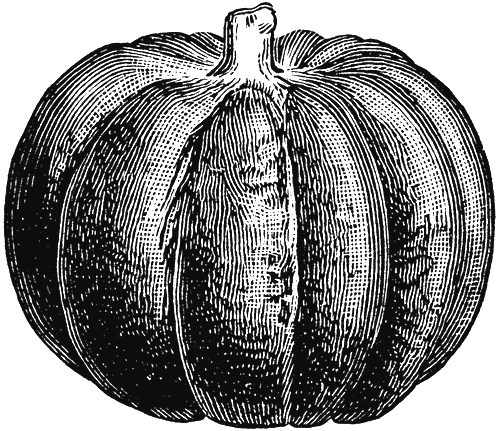
Let’s start in 1870. This is when whatever remained in the grave of Lady Alice Apsley Boteler Fenwick — best remembered as Lady Fenwick — was dug up to clear a path for the incoming railroad. She had been one of the original English settlers in Connecticut’s coastal town of Saybrook, now called Old Saybrook. Fenwick had died back in 1645 and had been resting on Tomb Hill for 225 years. To be sure, when the train tracks were constructed, her remains were moved to Cypress Cemetery nearby, but an article at that cemetery’s website points out that some unsettling mysteries arose in the process.
Indeed, not everyone was pleased with having Lady Fenwick’s quiet rest disturbed so that noisy trains could come and go. In 1905, historian George Sheldon referred to the reinterment as an invasion committed by “the heartless railroad.” Was the spirit of Lady Fenwick also displeased? After all, it seems she had a part or two missing by the time she was reburied!

Well, jump about 30 years later. According to the January 23, 1900, issue of Washington D.C.’s The Evening Times, something strange had happened at the railroad company’s engine house in Old Saybrook, a building that stood “near the Hotel Fenwick.” More significantly, the spot where Lady Fenwick was originally buried is “where the engine house now stands.” The night watchman there, a man named Arthur Beebe, “was engaged polishing metalwork on the engines when the tongues in the bells on the half dozen locomotives began to strike, soon after midnight, gradually increasing in speed until they were all vibrating with the rapidity of electric gongs.” He then heard inexplicable footsteps that sounded like some kind of ghostly clog dance performed on the boiler jackets.
Meanwhile, at the train station up the track a bit, Charles Beecher was experiencing a different kind of weird phenomena. His reading was interrupted “when the big account books were suddenly lifted from the desk and slammed upon the floor.” Now, while earthquakes on the East Coast are rare, they’re not unprecedented. However, according to the Evening Times article, “The station agent stooped to pick up the books when they arose, apparently of their own volition, and deposited themselves upon the desk.” Rule out an earthquake.
Beecher attributed the strange night to Lady Fenwick, who — along with a few other spirits — had a reputation for haunting Old Saybrook. The Topeka State Journal ran a slightly different article featuring the same two witnesses about the same spooky night, and there Beebe is quoted as saying, “They’re the same old ghosts that have always made this place their headquarters.” Apparently, if you work the night shift in Old Saybrook, you simply take ghosts in stride.
The short but intriguing article at the Cypress Cemetery website offers help in locating where once rose Tomb Hill (and, presumably, where once stood the engine house that supplanted it). They say the spot is “overlooking the Connecticut River close to what is now the parking lot for Saybrook Point’s Pashabeshauke Pavilion.” The pavilion was later renamed to honor Vicki G. Duffy, but I find it marked as the “Pavilion at Saybrook Point” on most maps. If you’ve visited this place or pay it a visit in the future, please leave a few comments about your experience below.

